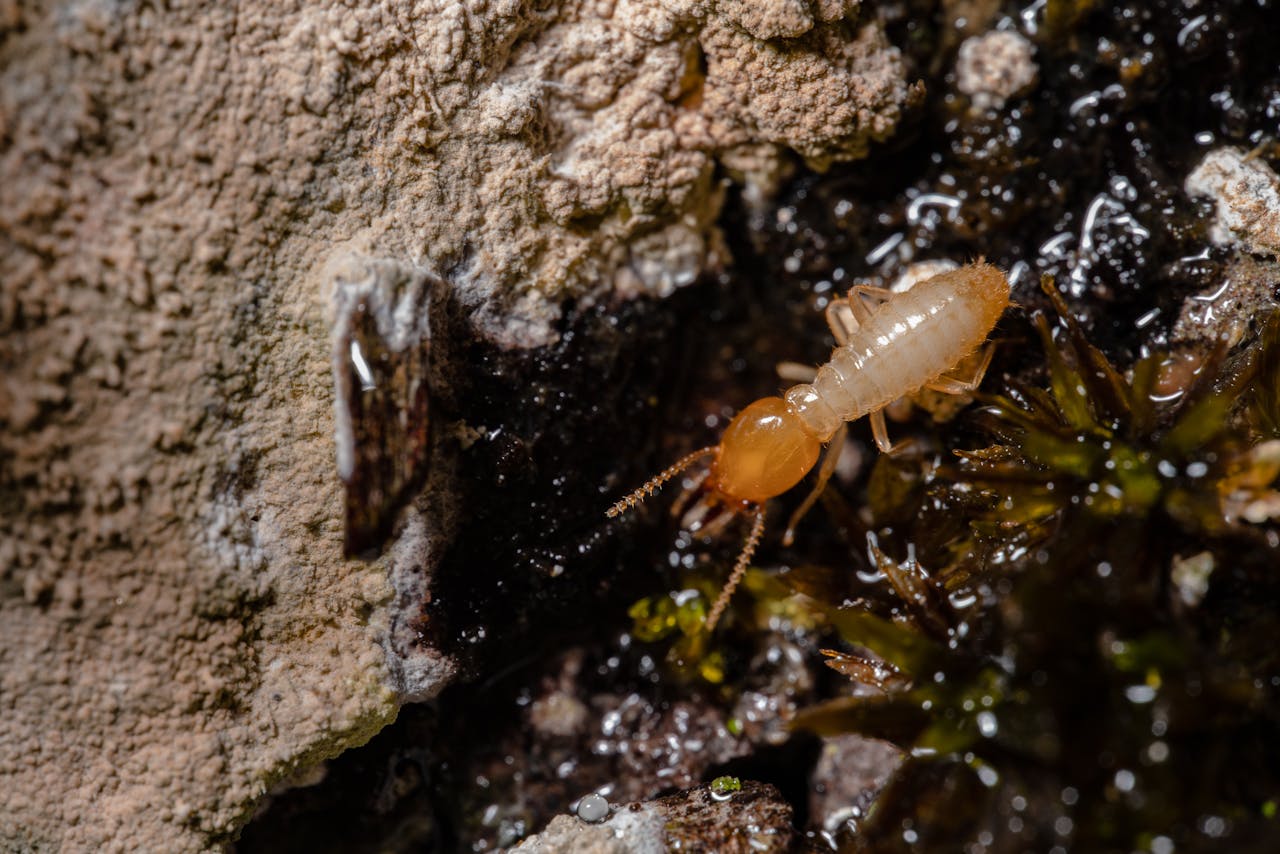Termites cause more than five billion dollars per year in control costs and damage repairs, which makes termites the most economically significant insect pests in the United States, and the world. Residents of southern California are well aware of the termite threat, and termite infestations in the region are by no means uncommon. However, termites are far from being the only insect pests that damage wood items and timber-framed structures, such as houses and buildings. Insects like carpenter ants and carpenter bees bore into structural wood sources for nesting purposes, resulting in unsightly, and often costly damages. Unfortunately, southern California is also home to a family of beetles that damage valuable wood items and structural lumber within homes on a regular basis. These beetles belong to the Anobiidae family, and the most destructive species from this family include the Hemicoelus gibbicollis and the Anobium punctatum species. These insect species are more commonly known as Pacific deathwatch beetles and common furniture beetles, respectively. These two beetle species, as well as other Anobiidae species, are abundant in the Los Angeles area.
During the spring, adult wood-boring beetle females deposit their eggs within the cracks and pores of structural wood. After the eggs hatch, larvae consume starches and proteins within wood below the surface of lumber, causing extensive damage and consequent structural weakness. Once larvae mature into adults come fall, they abandon the wood that they had infested by flying out of exit holes that they bore into the surface of structural lumber. The Pacific deathwatch beetle infests structural wood and wood items in much the same way as the common furniture beetle, and although both species damage structural wood and furniture within houses, the common furniture beetle, as its name suggests, damages furniture and valued wooden items more often than structural wood, and the opposite is the case for Pacific deathwatch beetles. However, furniture beetles prefer to infest wood sources with a higher than usual moisture content, which is why they are often found infesting wood within cellars, basements, crawl spaces and wood that has become compromised by water leaks. Both of these species tunnel through wood extensively, causing the surface of treated wood to appear uneven and sometimes blistered. In some cases, sawdust that results from their boring activity can be found piled up next to infested wood sources. It is not uncommon for wood-boring beetle damage to go unnoticed for long periods of time. Wood-boring beetle infestations and the damage that they cause are specifically sought out within homes during professional pest control inspections.
Have you ever discovered wood-boring beetle damage before? Get A Pest Control Estimate today!


